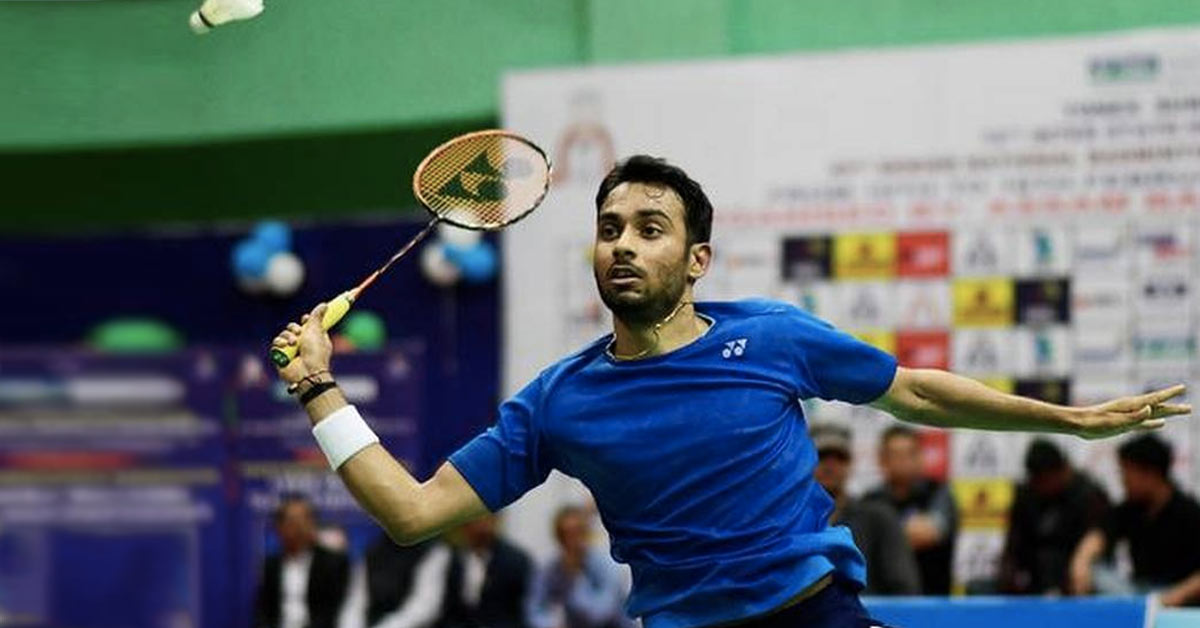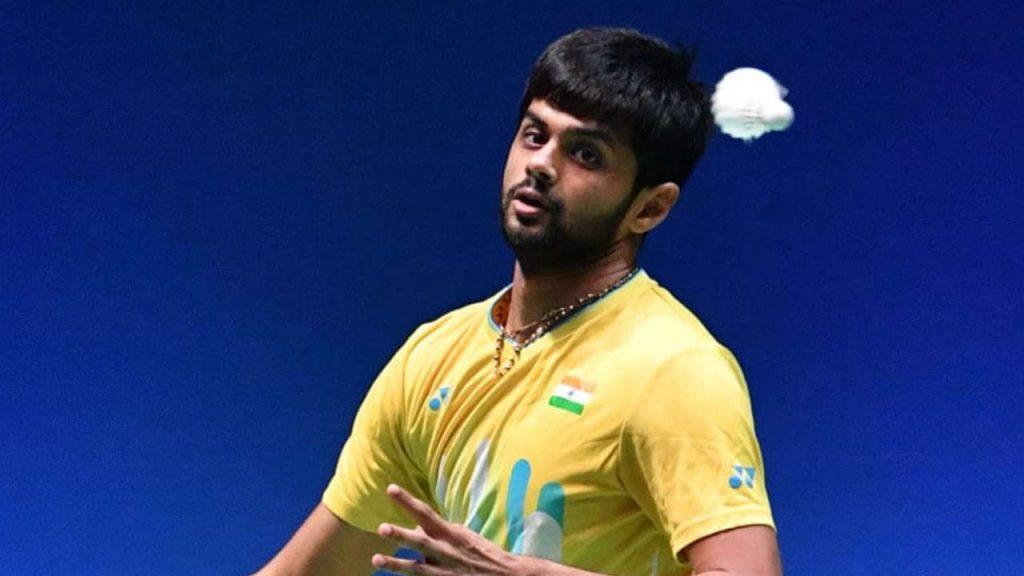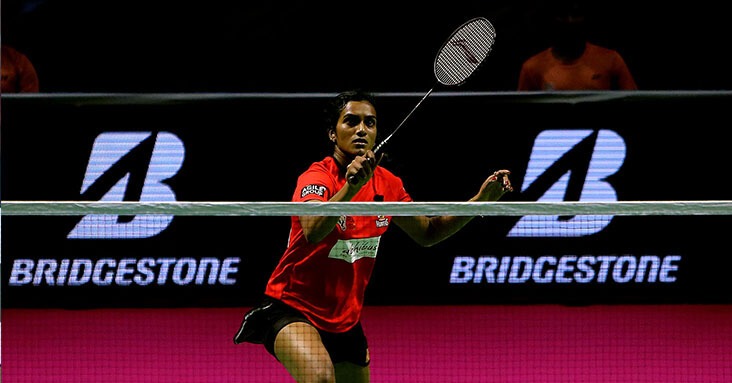Badminton
Why are lower ranked shuttlers not supported by the Badminton Association of India (BAI)?

A couple of weeks back, India’s top-ranked men’s singles shuttler, B Sai Praneeth, created quite a stir by saying that the country hasn’t invested in a future line of talent in badminton.
“Our second string of players, a lot of the juniors, who are ranked in the top-200 and 300 aren’t receiving enough support from the Badminton Association of India (BAI),” Praneeth was quoted saying by Firstpost.
“A player has to spend his own money for everything and it is only when they are ranked in the top 30 that the federation starts taking care of boarding, lodging and travel expenses during tournaments. This needs to change.”

The statement, although controversial, holds true for Indian badminton. Immediately, a lot of questions come to mind... How much do these youngsters have to struggle in order to reach a certain level? What is the financial burden of sustaining yourself in the international circuit? Where does the problem really lie?
To answer all these questions, we must understand how the sport works. First of all, player entries in BWF tournaments has to be approved by the national federation and secondly, the Indian governing body provides financial assistance to its players ranked inside top 30 in the world (informal rule known to all players).
The cost of travelling to any tournament abroad to take part in it is massive, it easily runs into lakhs. There are flight tickets, accommodation, travel, tournament entry fees, food amongst other things would burn a huge hole in any individual’s pockets.
“What should I say about this!” says shuttler Sourabh Verma, who recently broke into the world top 30, in an exclusive interaction. “Definitely, it’s a challenge. Playing in international circuits without ranking in the top 30 can be difficult. Your requirements have to be met on your own. Either a sponsor or you should be financially very strong. These are the two most important factors. When you are ranked in the top 30, the association will lend a helping hand. That’s the way it is.”
“Thankfully, I have been playing well over the last 12 months and I am in the top 30 now. My confidence has grown. Right now, I want to play bigger tournaments than I played last year. I want to follow one step at a time. I have played Super 100 tournaments, now I’ll try doing well at Super 300 or Super 500 tournaments,” he adds.
Indeed, Sourabh has upped his game at the right time and enjoyed a very successful 2019. He won three titles and finished as a runner up at the Syed Modi International Super 300 event. Currently ranked 28, he has now entered the bracket wherein the BAI will support him financially.
However, not everyone is so lucky. In BWF tournaments, the draw is based on the world ranking, which in turn is based on the best 10 tournaments in the previous 52 weeks. As a result, higher-ranked shuttlers always have an advantage of winning matches as they face comparatively weaker opponents in the initial rounds.
Thus, in order to climb up the rankings, a shuttler needs to play as many tournaments as possible, at least 10 to have decent comparative rankings. With international travel and accommodation charges, the players from weaker sections cannot afford to participate in many tournaments to increase ranking, without government financial assistance.
The players who are in the top 30 are already established players and they have numerous other sources of income like prize money, sponsorships, brand endorsements, cash rewards etc. The top players in the country, like PV Sindhu, Saina Nehwal have contracts worth Rs 1-2 crore. On top of that, from sponsors, they earn tens of crores each year.
These players do not really need the additional funding for going to tournaments, in fact, they can easily afford to bear their own costs. And yet, to fund these shuttlers, the BAI spends almost Rs 30-40 lakhs just on travel. In essence, India has an existing system which bears all the expenses to make a world-class shuttler but does not get anything in return.
In countries like China, Japan, the top shuttlers need to pay back 50% of their prize winnings. Denmark doesn’t fund their shuttlers after they reach a certain level, only a fixed amount is allotted per top shuttler per year.

When Indian players, who play international tournaments with their own money, do not get decent results in quick time, they consider quitting altogether. On the negative side, it also means, top 25 ranked players are not bothered about a string of poor performances as they have the financial support to take part in as many tournaments as they want.
As a result of this, except the top players currently competing on the world tour, there aren't many in the country who are ready or will be shortly, to ascend to that level and perform well in international tournaments.
Former World No. 20 and German Open champion Arvind Bhat, though, lack of support should not be an excuse for any young shuttler. “Fight it out... Come to the top-30,” he says when asked what a junior shuttler should do.
“Put your money and come to the top 30. Tomorrow, there will be the same question coming from a top 100 shuttler or a top 150 shuttler. There is certain funding allowed for top-30, it’s like IIMs. Top 100 get it, others don’t get it. You have to go to other B-schools. Everything can’t be given on a platter. There are certain opportunities that you have, in the framework, work hard and excel. The govt. also has a certain amount of funding,” the Bengaluru Raptors coach reasons.
Indeed, there are two sides to every coin, positives and negative aspects of everything. But what could be the ideal solution to help India grow as a badminton powerhouse? Should junior shuttlers, who have the potential, be identified and funded? Or should the current system remain? The floor is open for debate.






